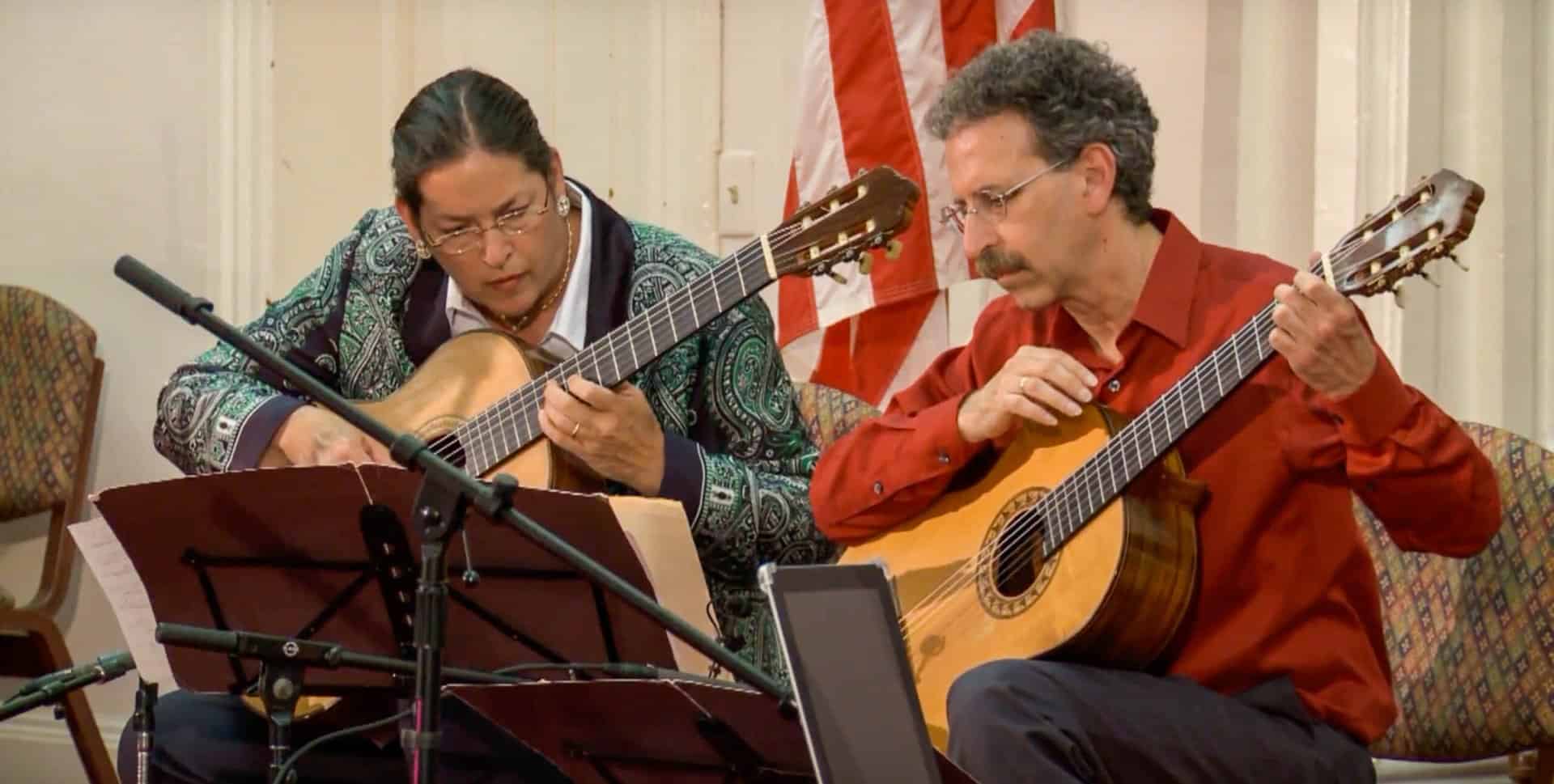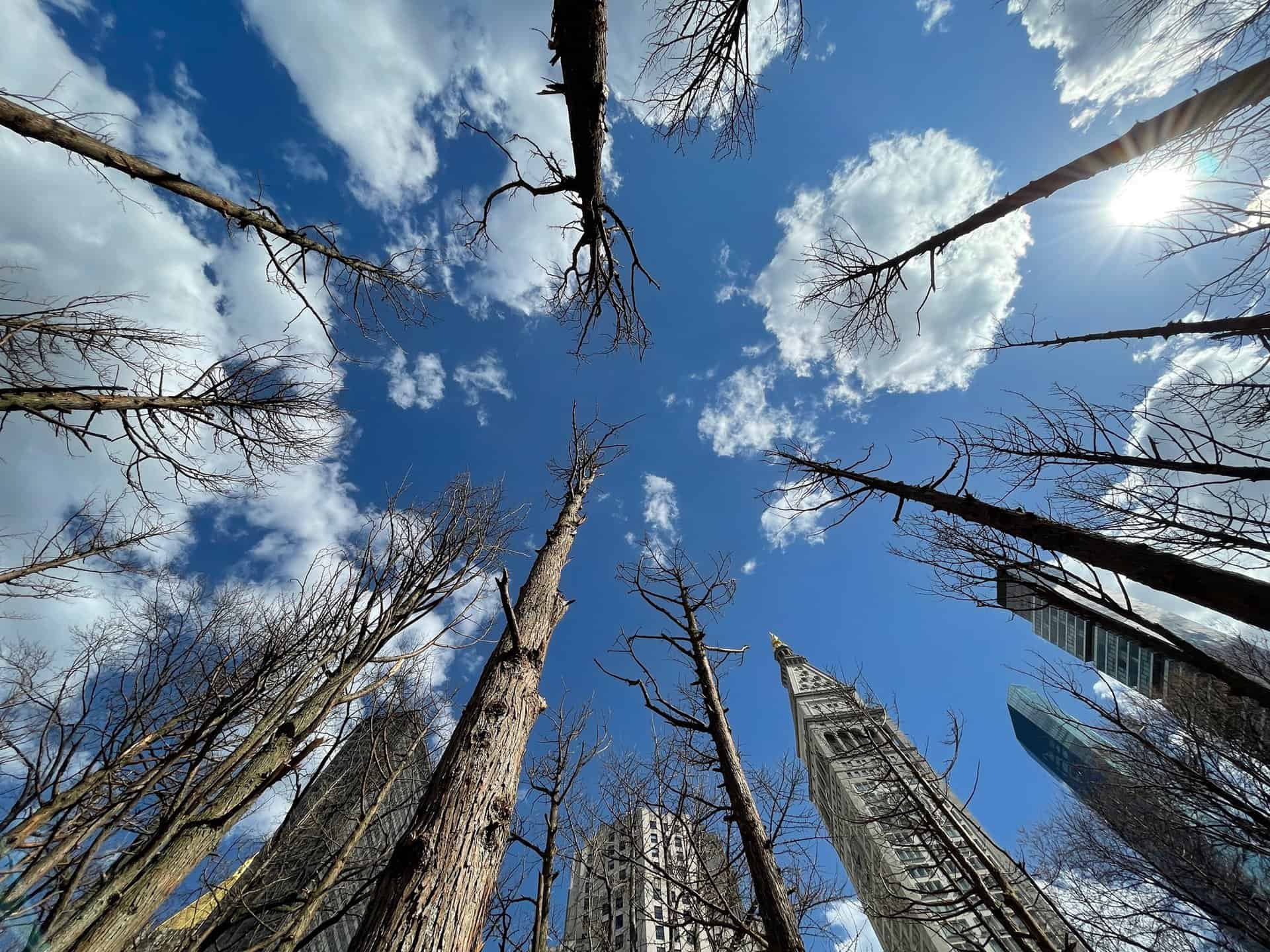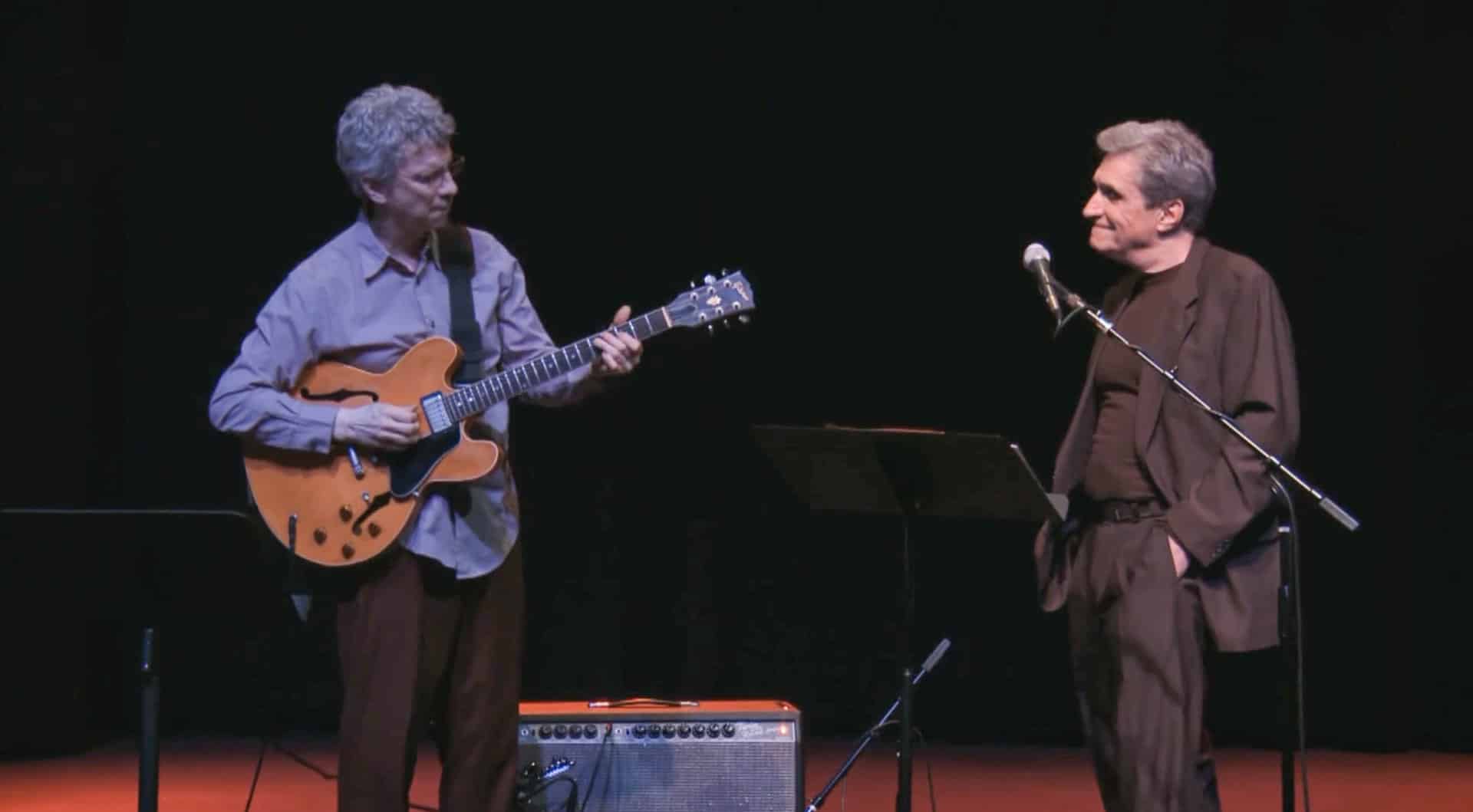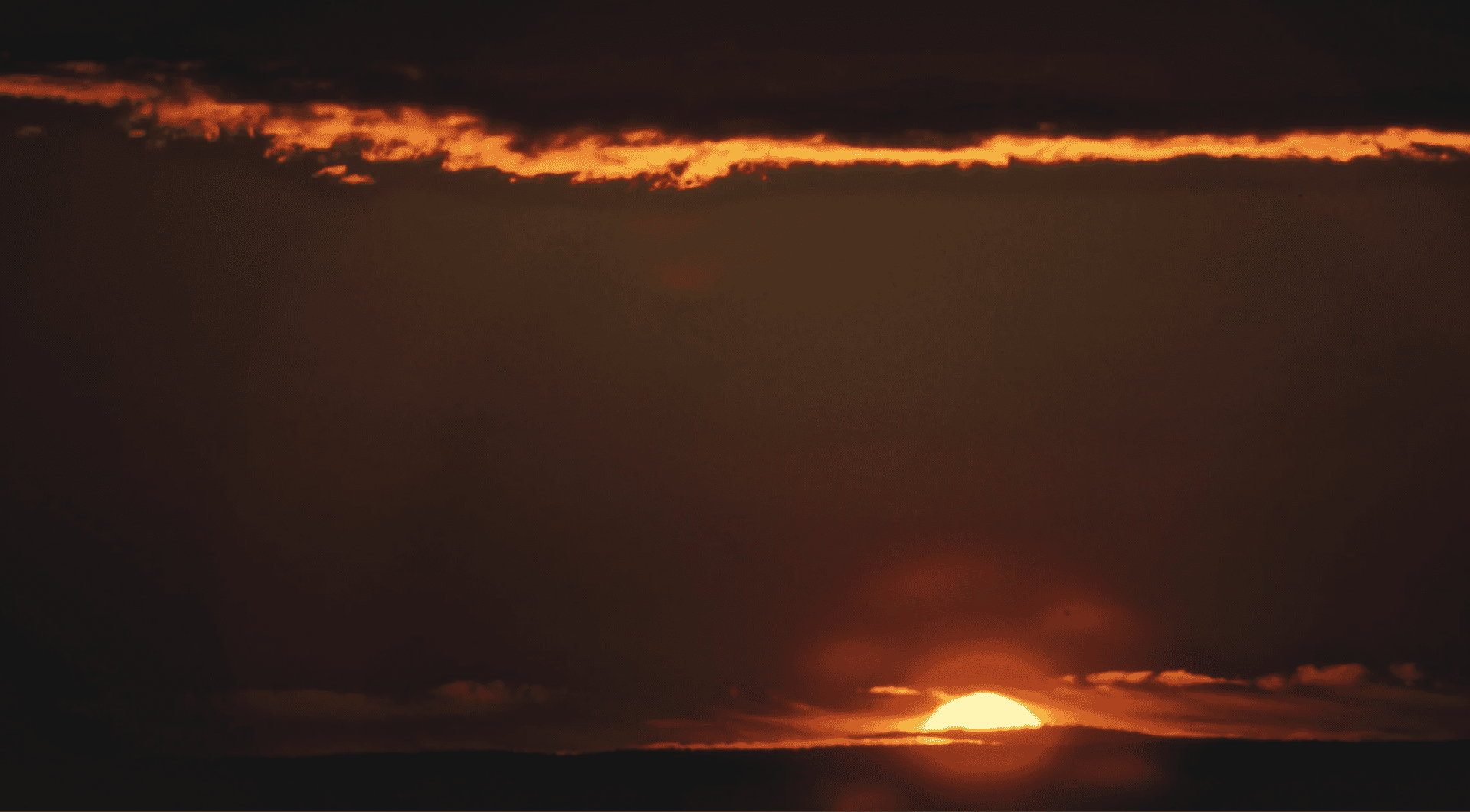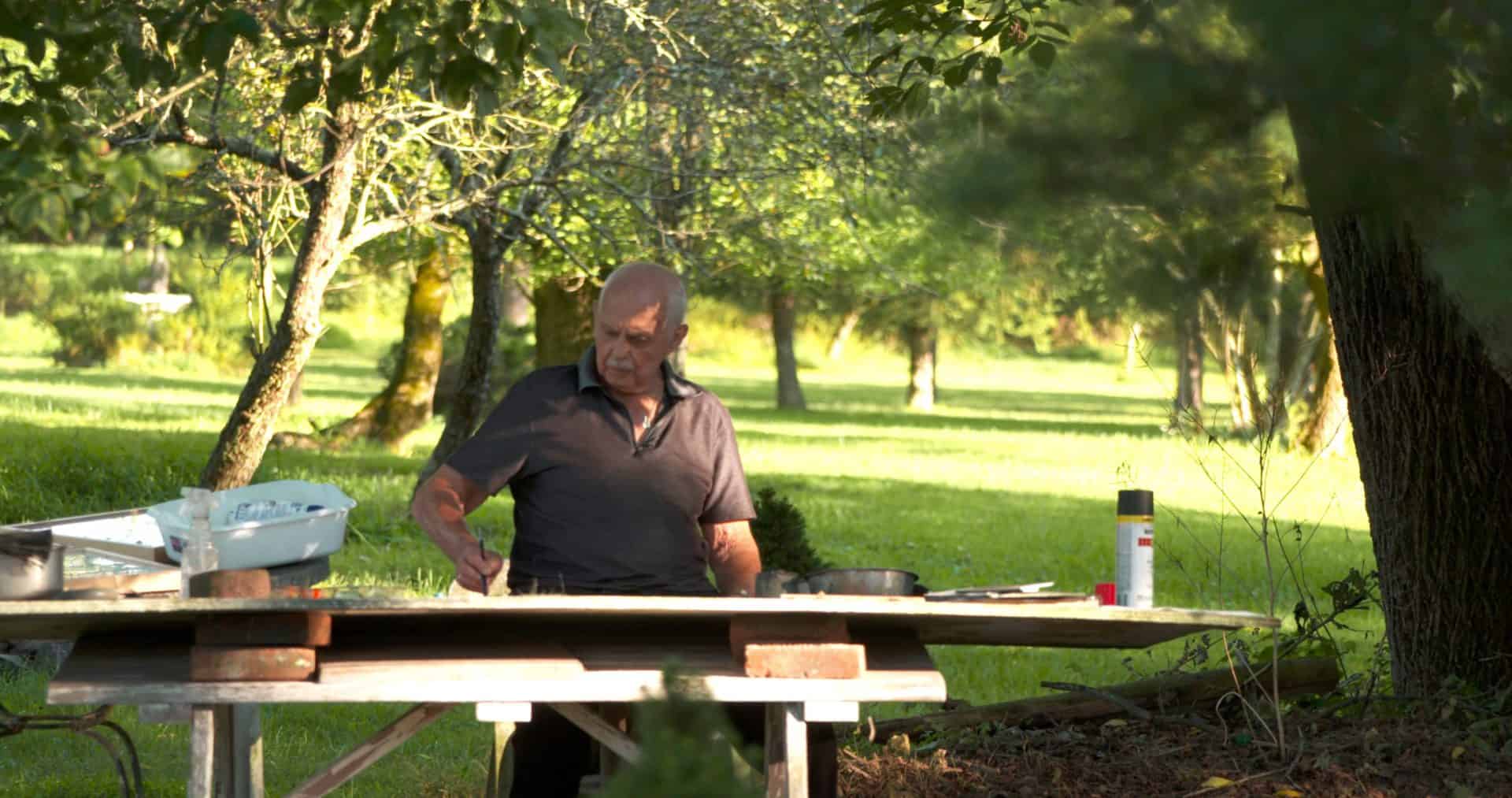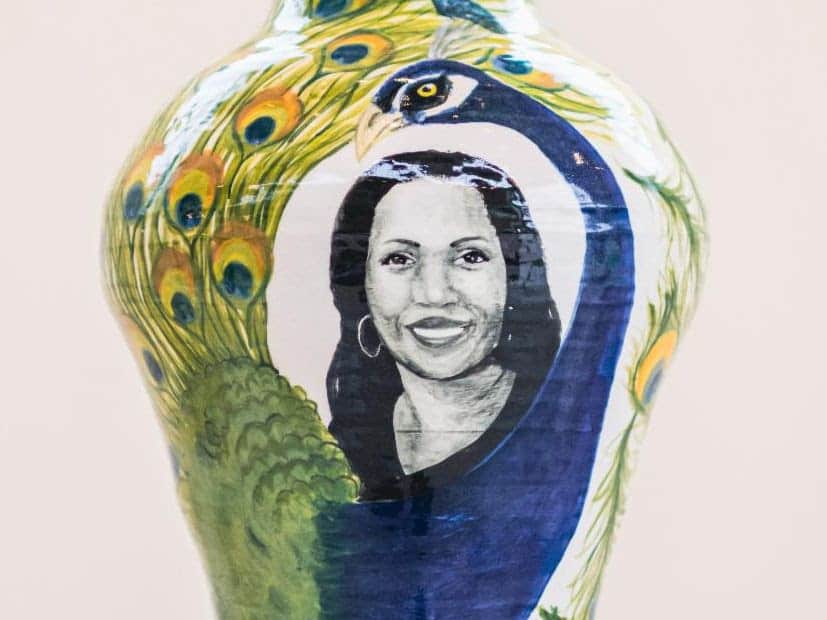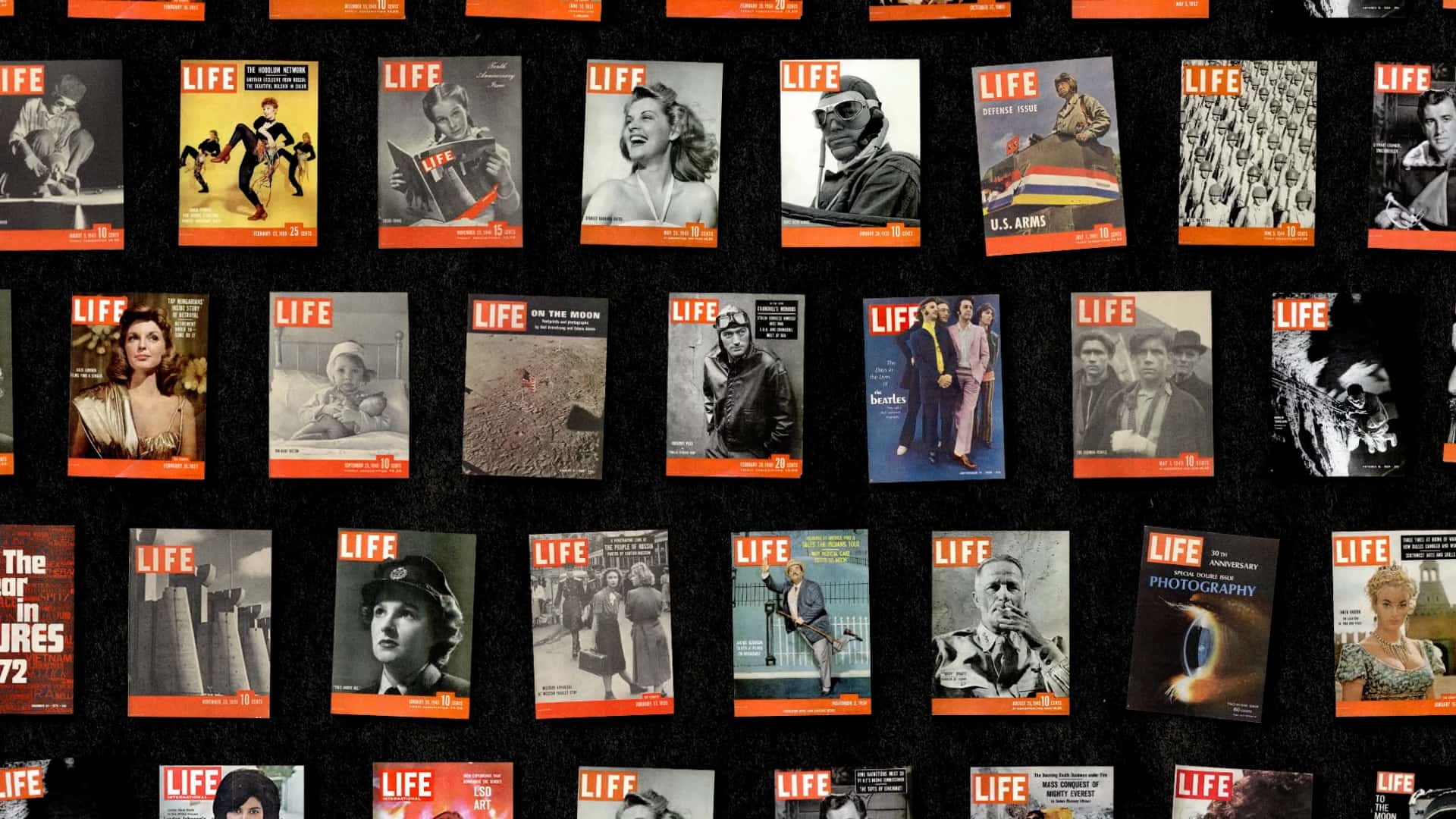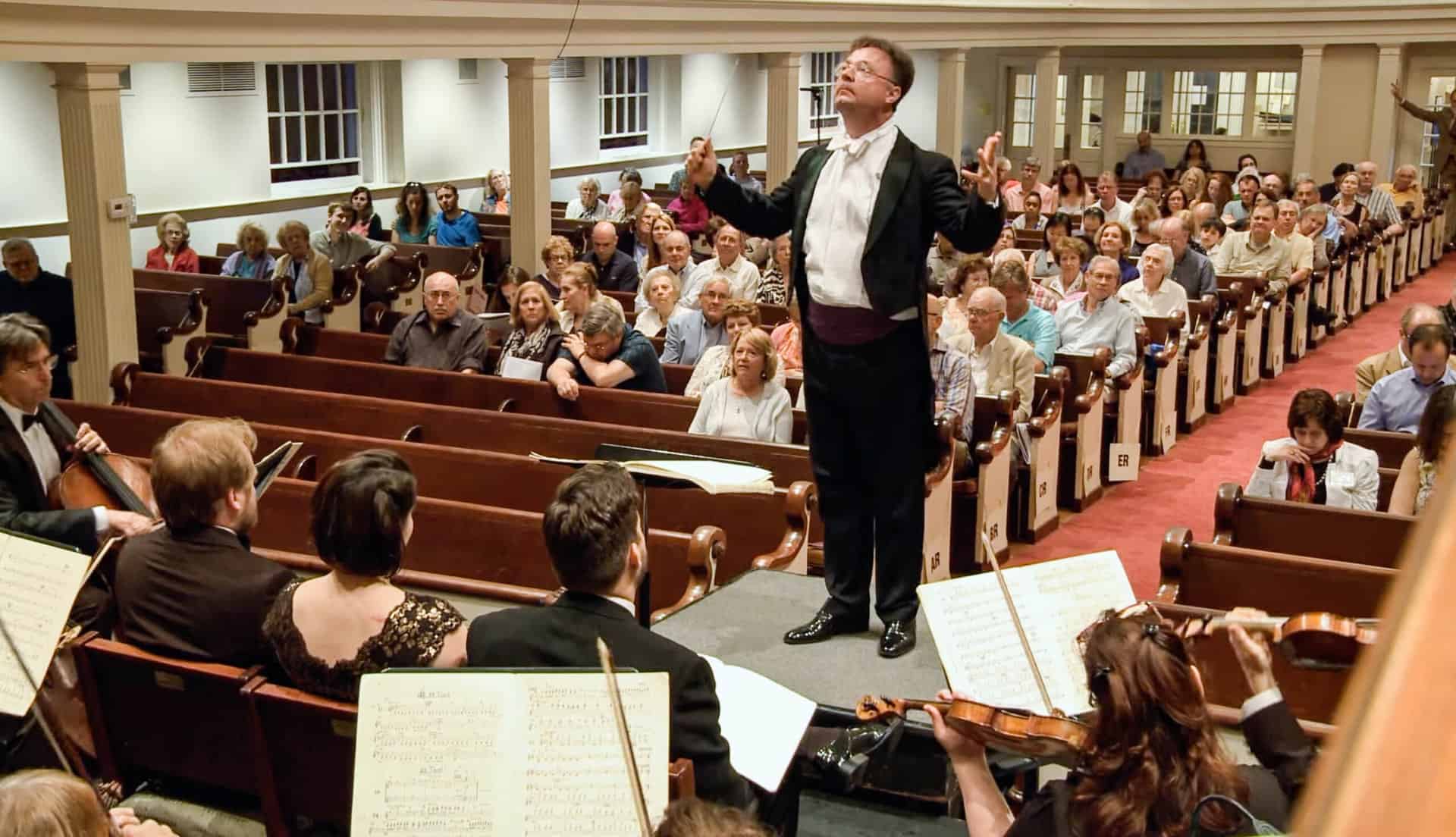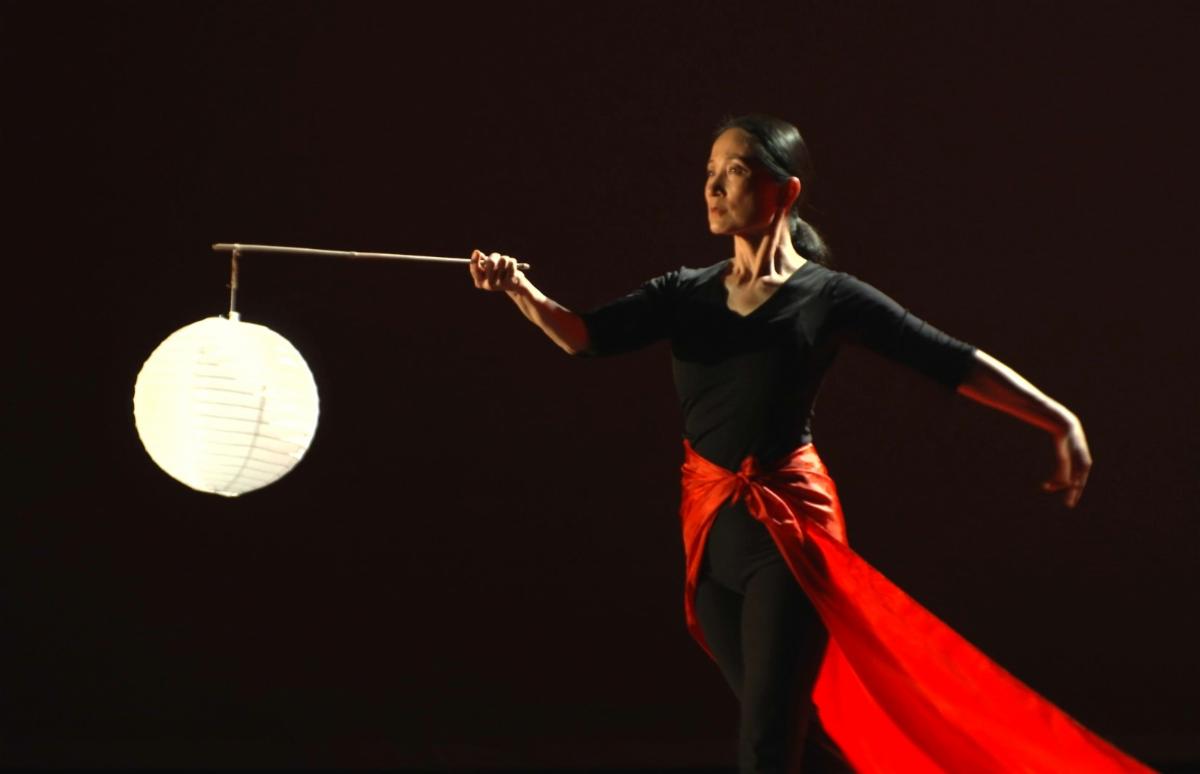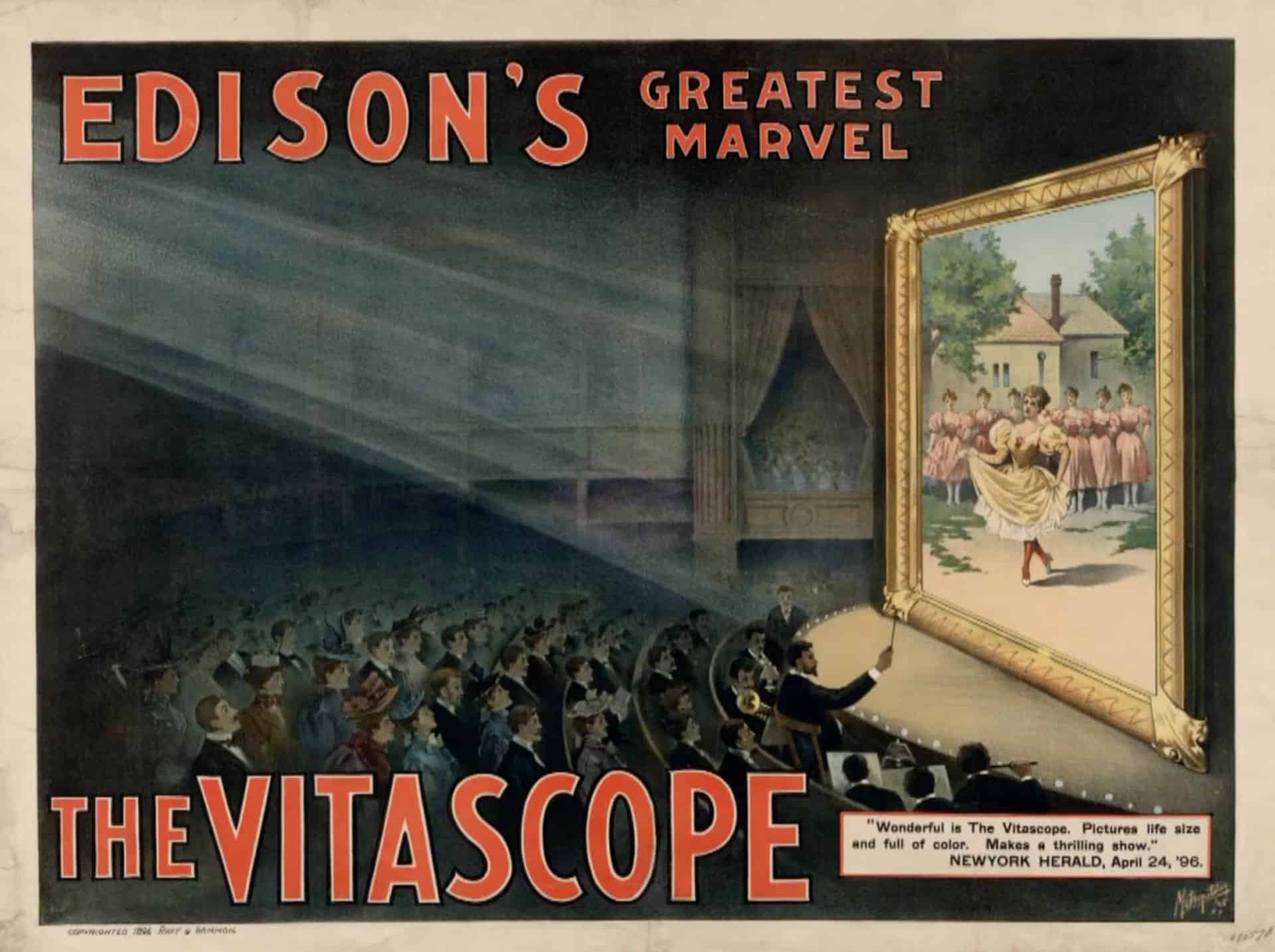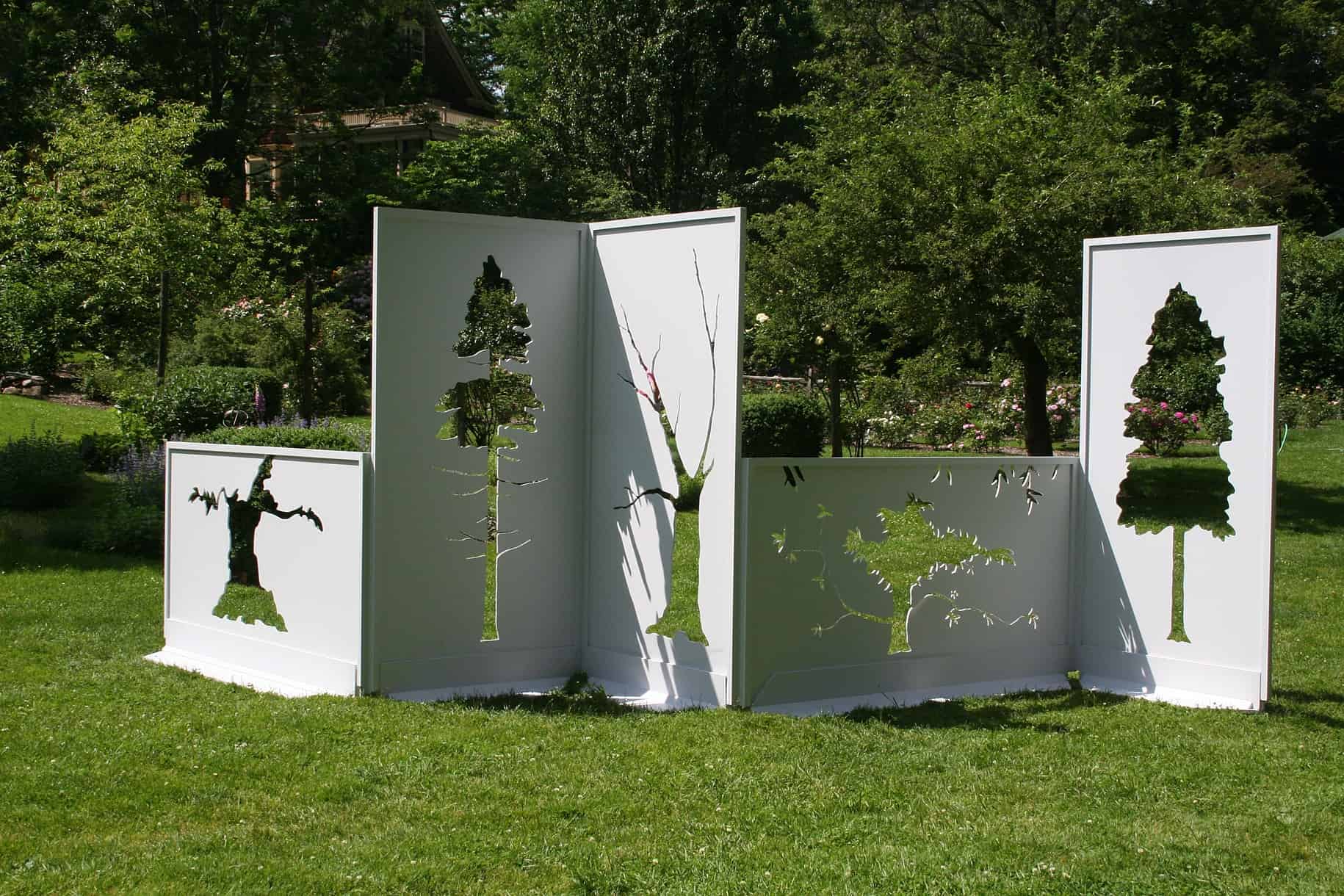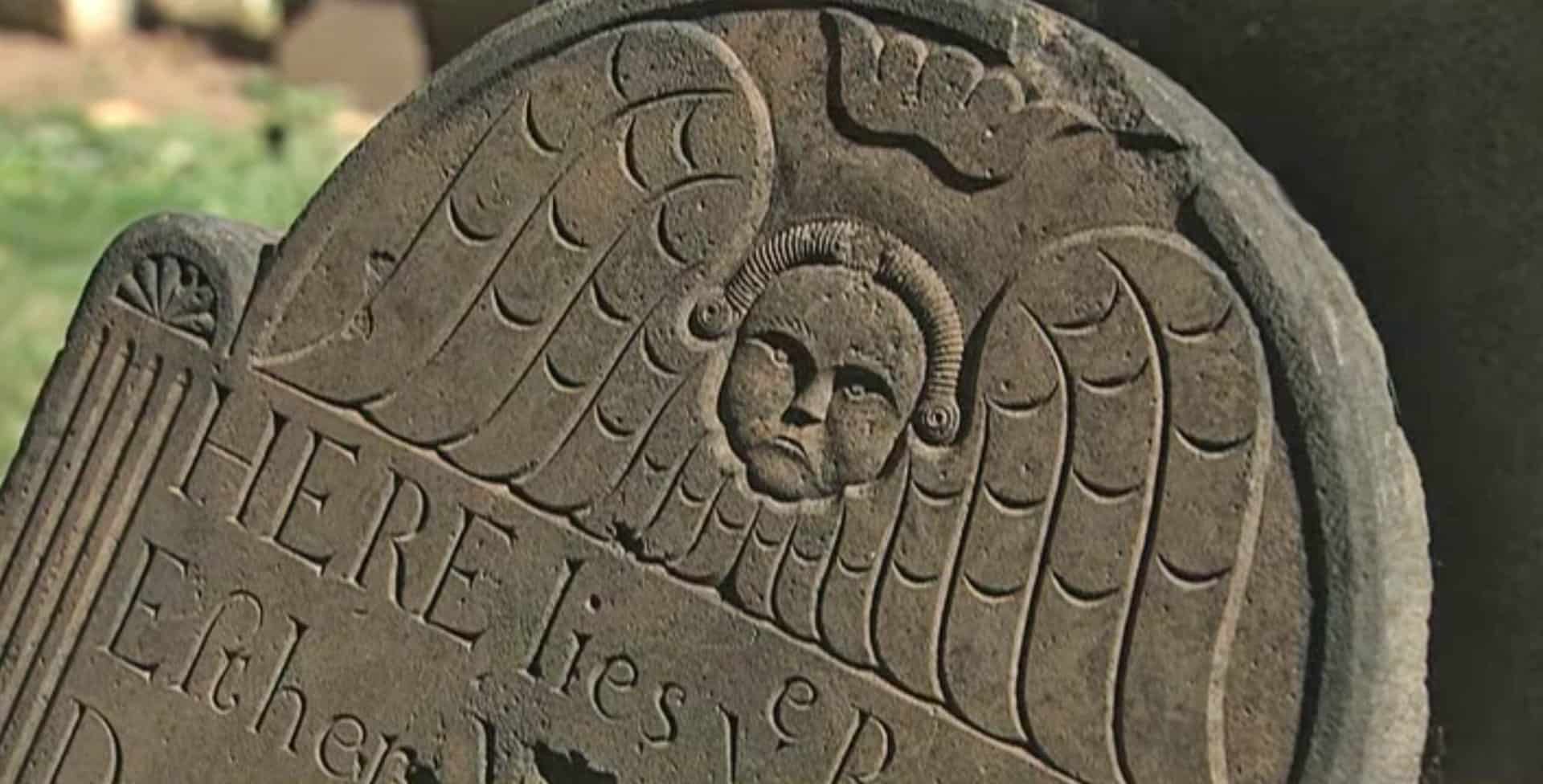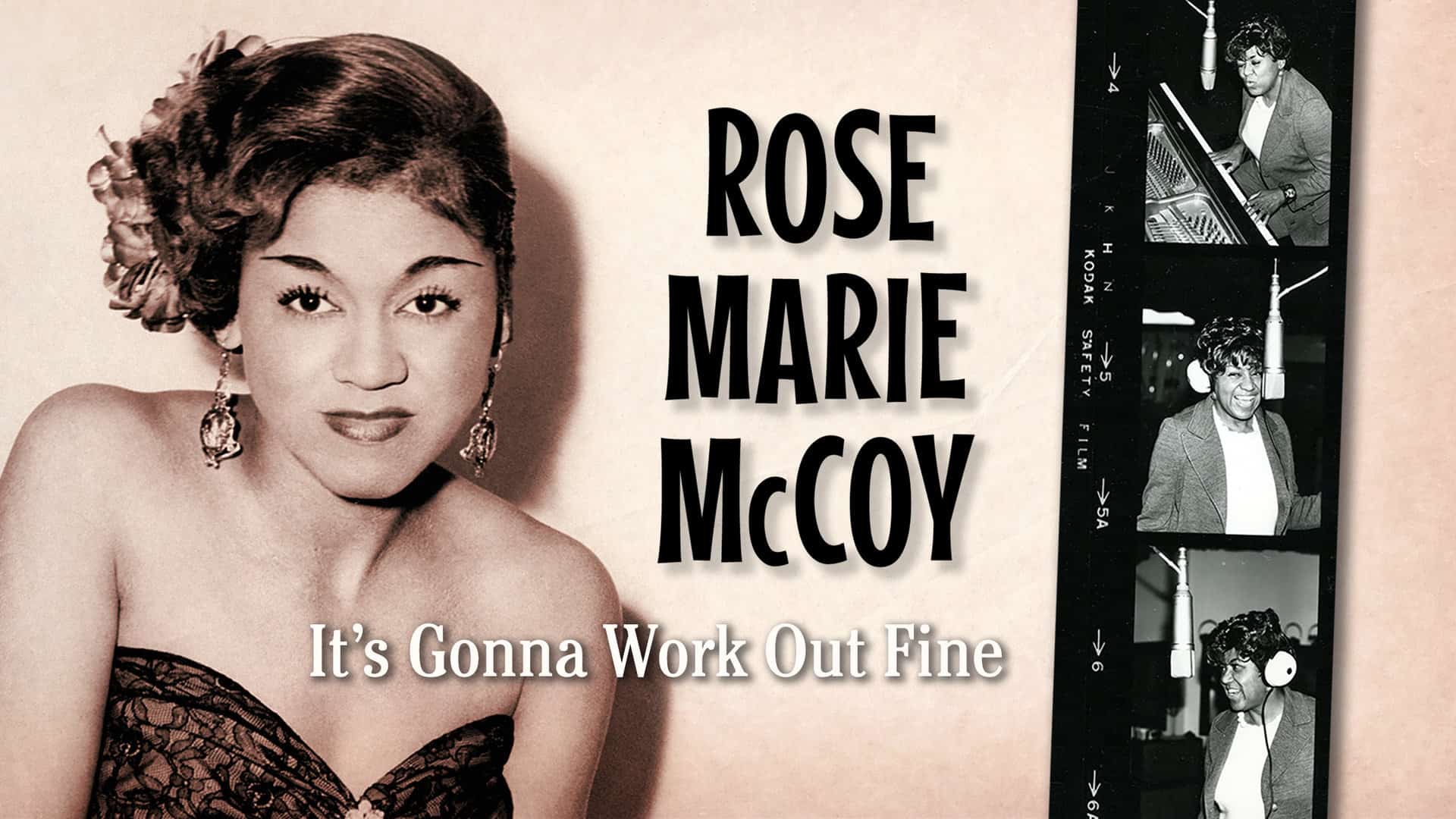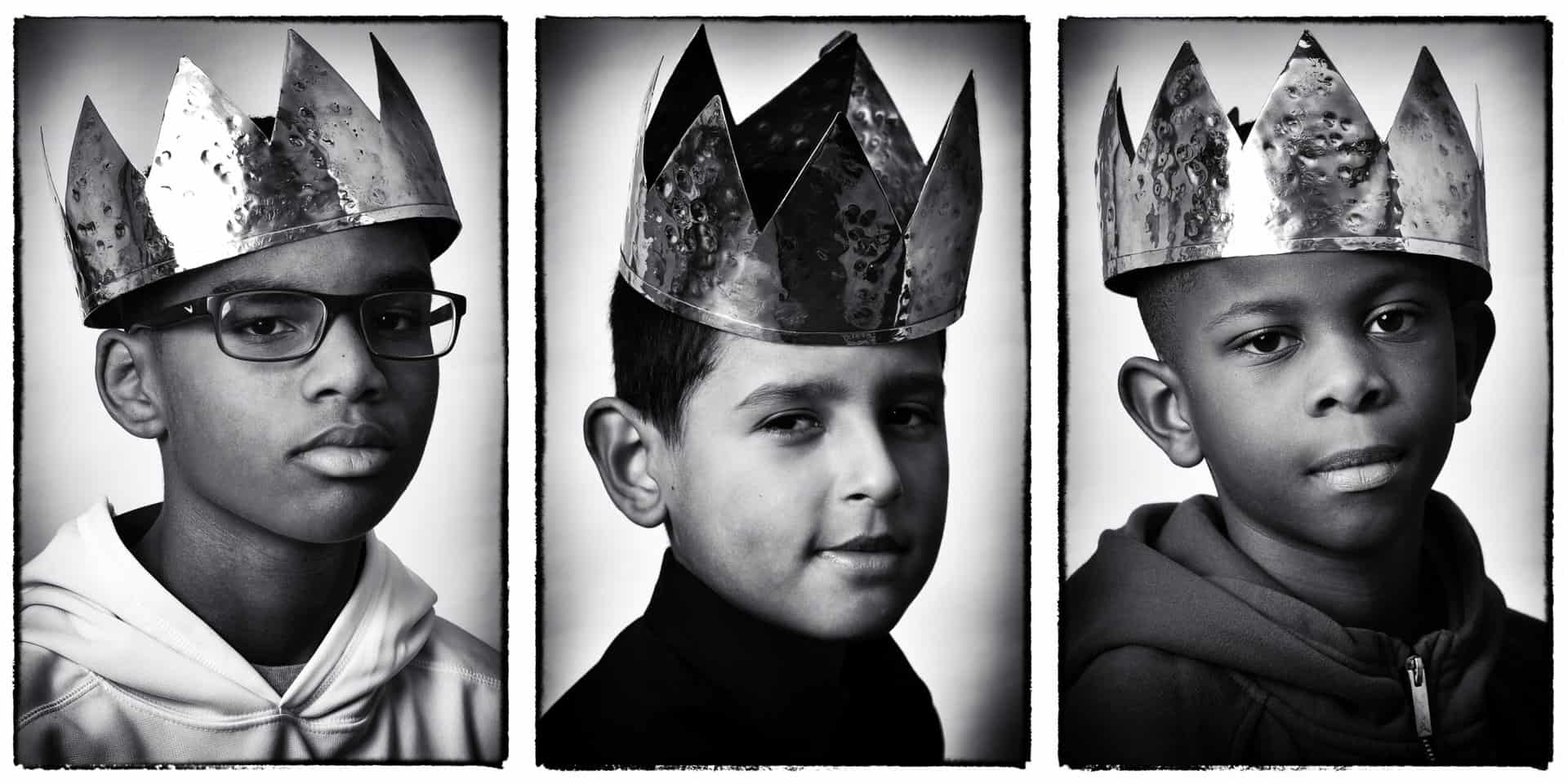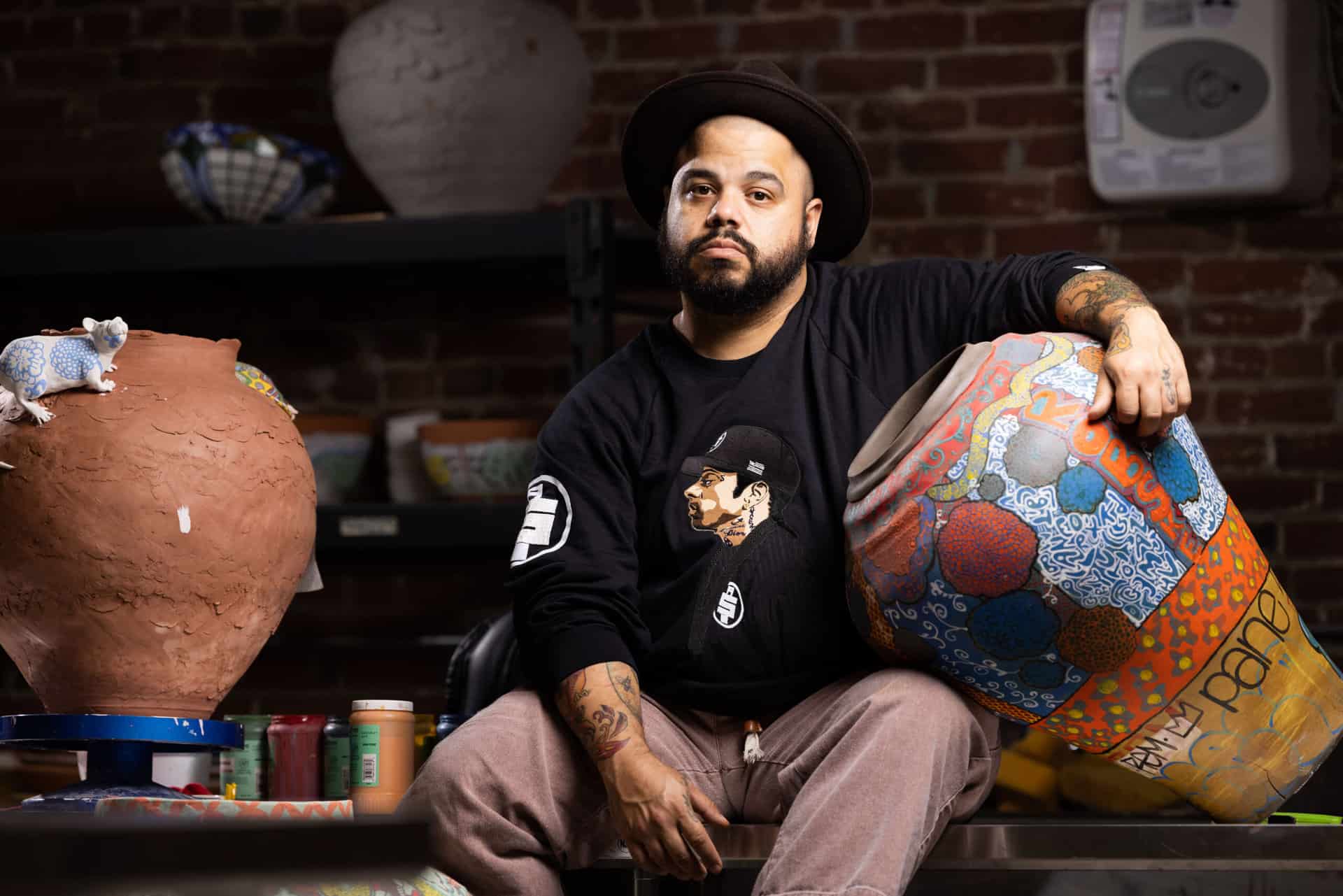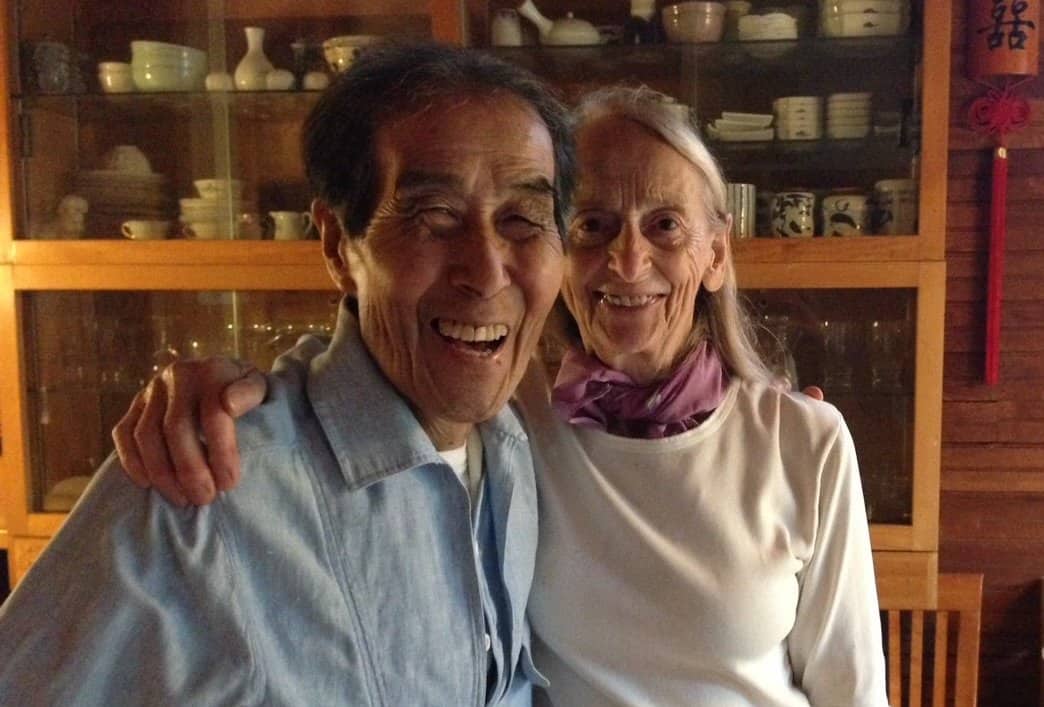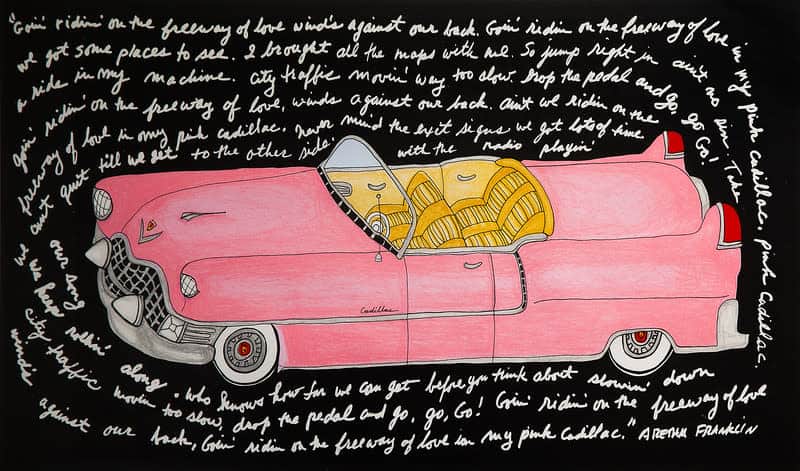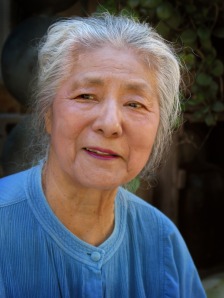 In the early 1990s, when I was still a production assistant at State of the Arts, I had the idea to do a half-hour documentary about Toshiko Takaezu, the internationally known ceramic artist who was then still teaching at Princeton University. I went to propose the project to Toshiko at her studio/home in Quakertown, New Jersey. It is an old farmhouse that she transformed over the years into a sprawling complex, surrounded by gardens, huge bronze “forests” and her signature bells. She waved from the kitchen window to go on in, she was on the phone and would be right with me. I walked inside and just stood there among the George Nakashima furniture and a huge loom with one of her weavings on it. She walked in shortly and started by pointing to my feet, exclaiming – I had walked in with my shoes on! Not done in her house.
In the early 1990s, when I was still a production assistant at State of the Arts, I had the idea to do a half-hour documentary about Toshiko Takaezu, the internationally known ceramic artist who was then still teaching at Princeton University. I went to propose the project to Toshiko at her studio/home in Quakertown, New Jersey. It is an old farmhouse that she transformed over the years into a sprawling complex, surrounded by gardens, huge bronze “forests” and her signature bells. She waved from the kitchen window to go on in, she was on the phone and would be right with me. I walked inside and just stood there among the George Nakashima furniture and a huge loom with one of her weavings on it. She walked in shortly and started by pointing to my feet, exclaiming – I had walked in with my shoes on! Not done in her house.
No matter. Over the next couple of years, I got to know her through days spent filming her at work, talking to her, to others about her, and spending lots of time trying to shoot her art in a way that would convey some of its power. At one point, Toshiko said that I must go to Hawaii with her, as that was where she had first become an artist. I somehow convinced a tourism council and others to cover the costs, and I flew out to meet her one January. She greeted me at the airport with a fragrant lei, and we began about 5 days of traveling to sites that had influenced her. Some of these – such as the “Devastation Forest” in Volcanoes National Park – Toshiko herself had not been to in years. I worked with a crew from Hawaii Public TV to shoot her walking in these surreal landscapes, and talking about how they had shaped her sense of beauty. One morning we woke up very early and caught a perfect sunrise over Haleakala.
Toshiko died yesterday, in Hawaii with her family. She was blunt in her opinions, full of laughter, and really fun to be around. On the trip I took to Hawaii, we shared a room, and it was like having a dorm mate who likes to talk when the lights are out. But the thing I will remember most about Toshiko was her sense of timing. It’s how I ended the documentary I did about her, Toshiko Takaezu: Portrait of an Artist. She’s sitting on her steps, shelling some large purple beans from her garden, and you hear her say:
“You know, there is always such as thing as timing. And if you let yourself, allow yourself to work on timing, you really get it. I know when to change – something tells me you should go away and study. And something tells you, you know, it’s a good thing to teach…. Even do my own work, it’s timing that you know it’s the right time to do.”
The last few times I saw Toshiko, she was taking care of the work she had made over her prolific career. She was making sure pieces were going places they would be taken care of, and seen. She gave me one of her large ceramic spheres, cracked so that it was perhaps unsellable, but great because you could leave it outside! Toshiko had stopped working on her art, but she never lost her sense of timing. She had a sense of the greater whole that didn’t let her down.
Working on that piece was one of the best things that’s happened to me here at NJN. Strangely, I had scheduled it to air this very week: it’s running on NJN2 through tomorrow. We hadn’t aired it in a long time – after all, it is almost 20 years old – but for some reason, the timing seemed right.
This blog post originally appeared on the website for NJN, New Jersey’s public television network, which closed in June 2011.

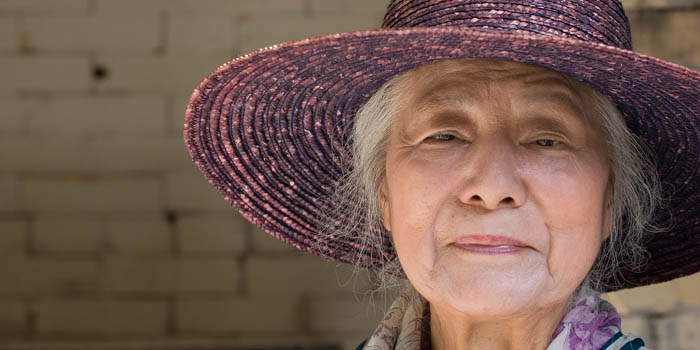
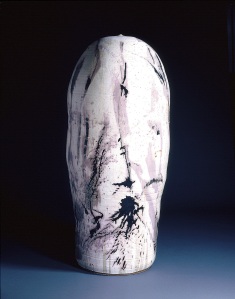
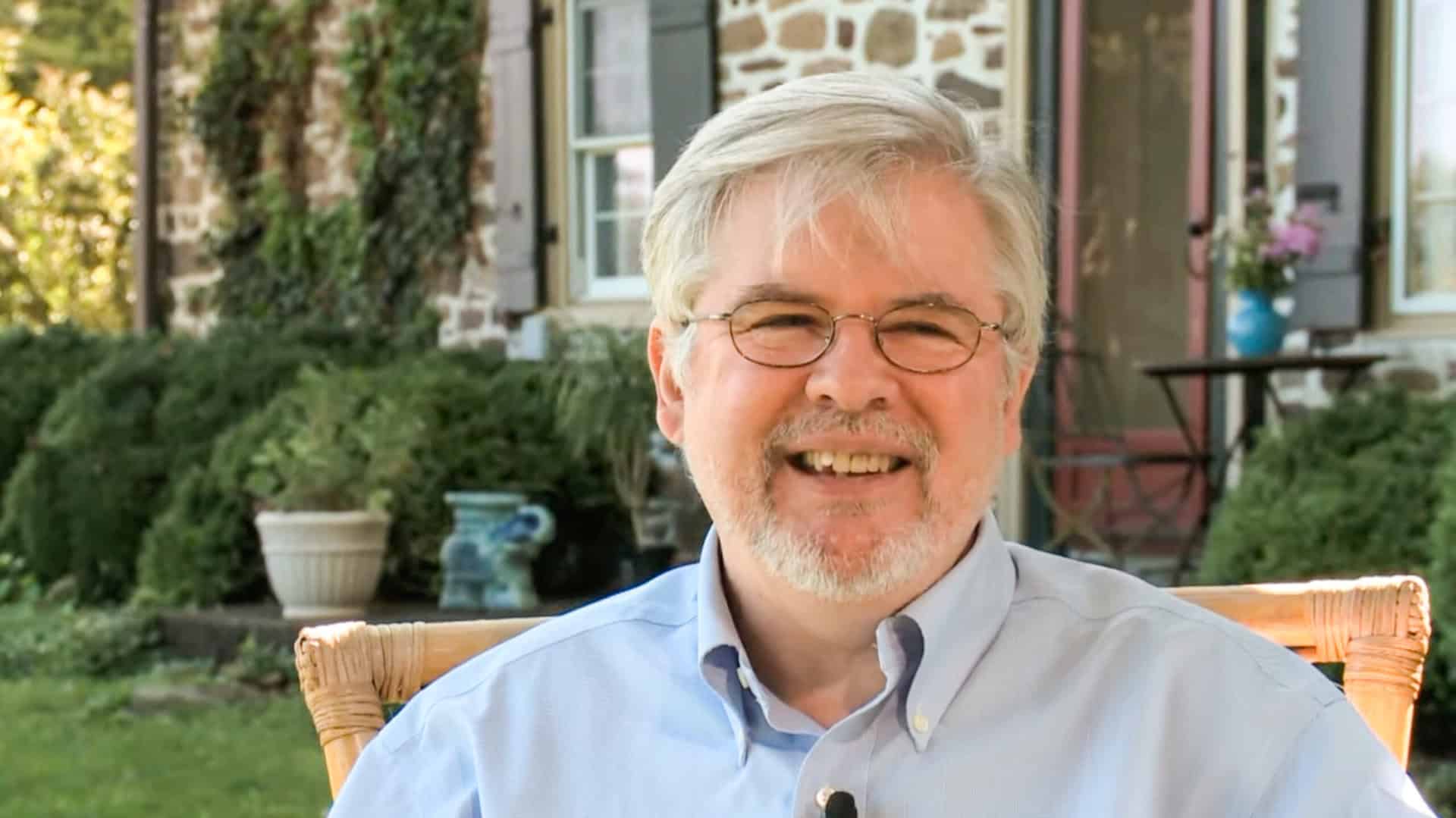
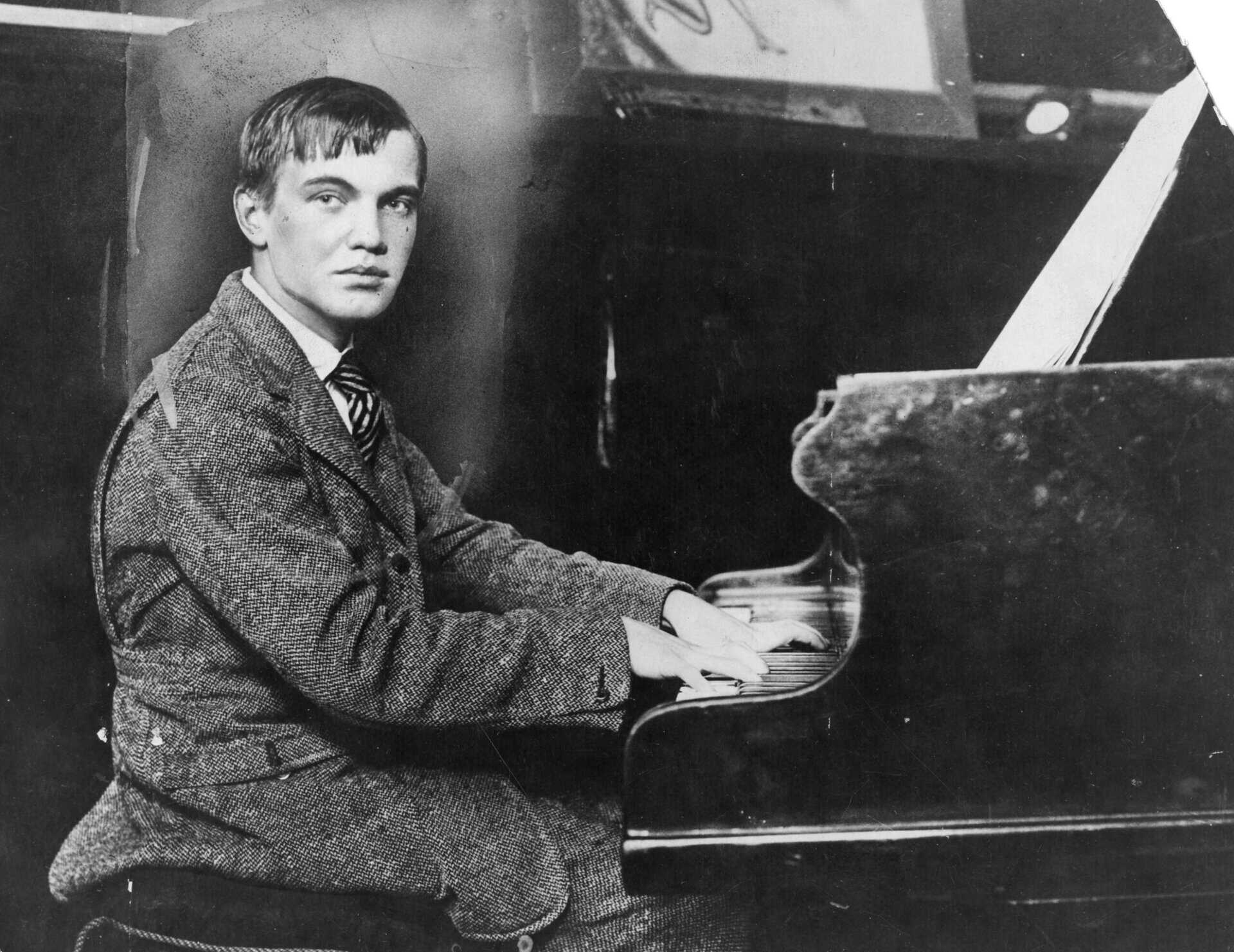
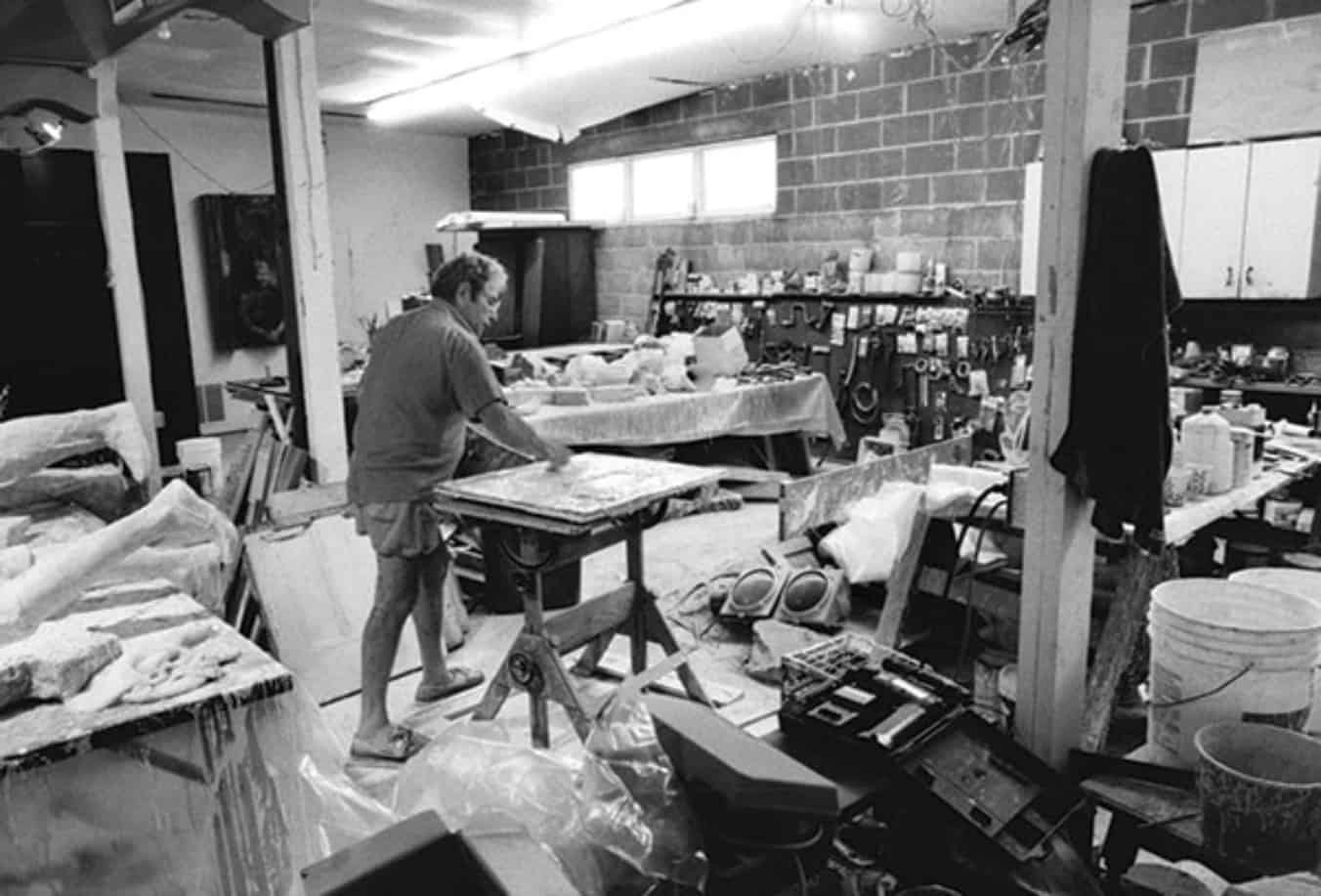
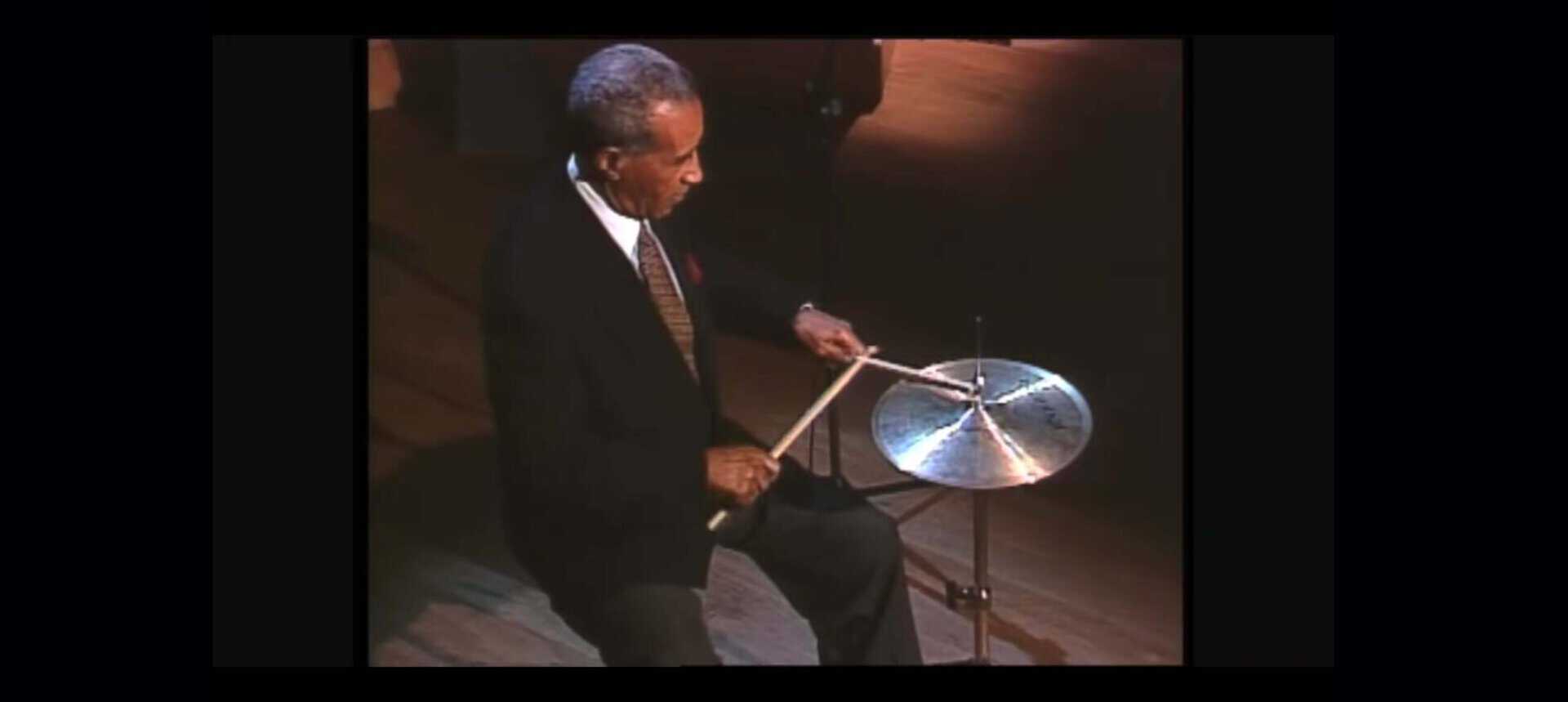
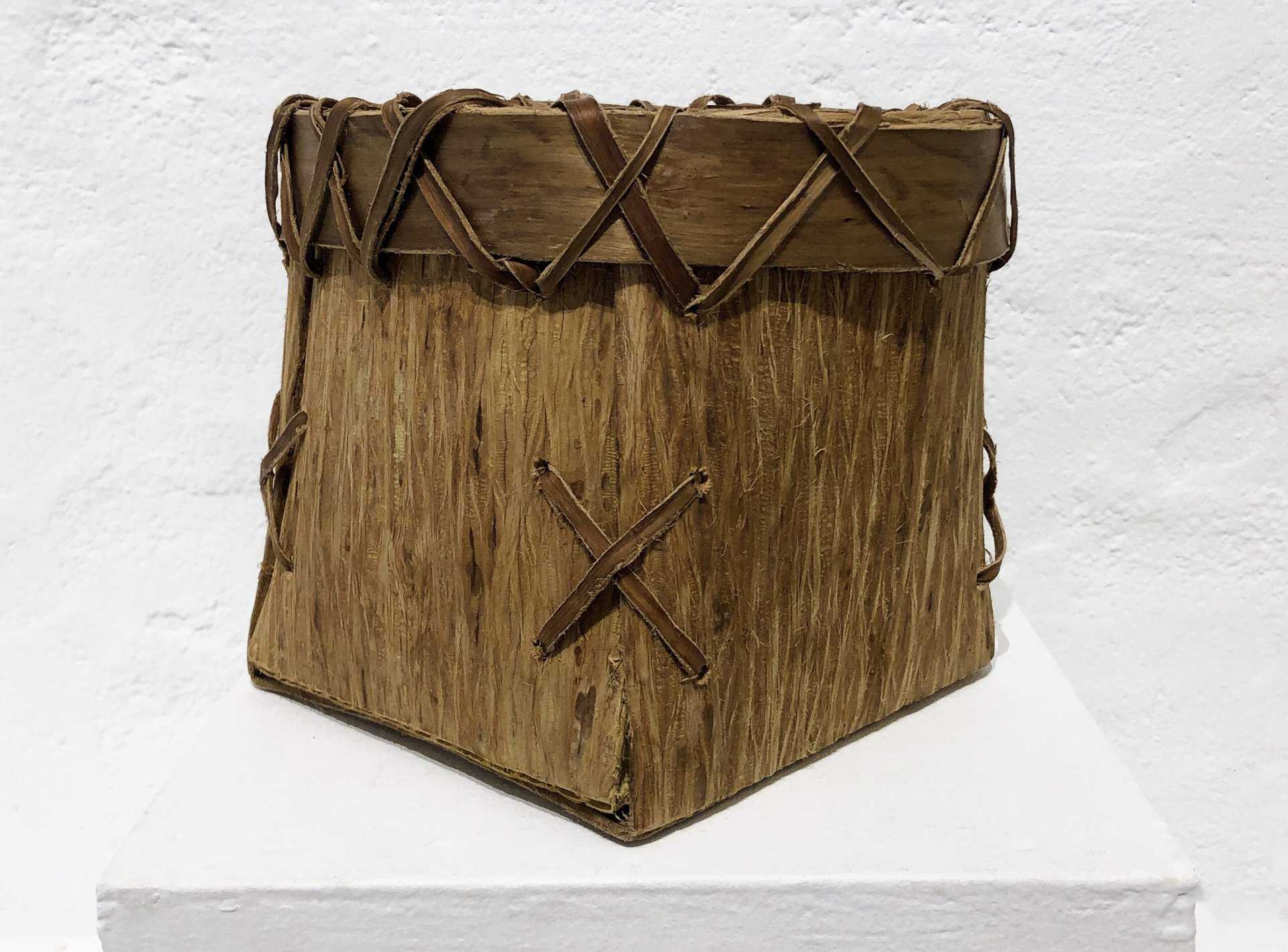
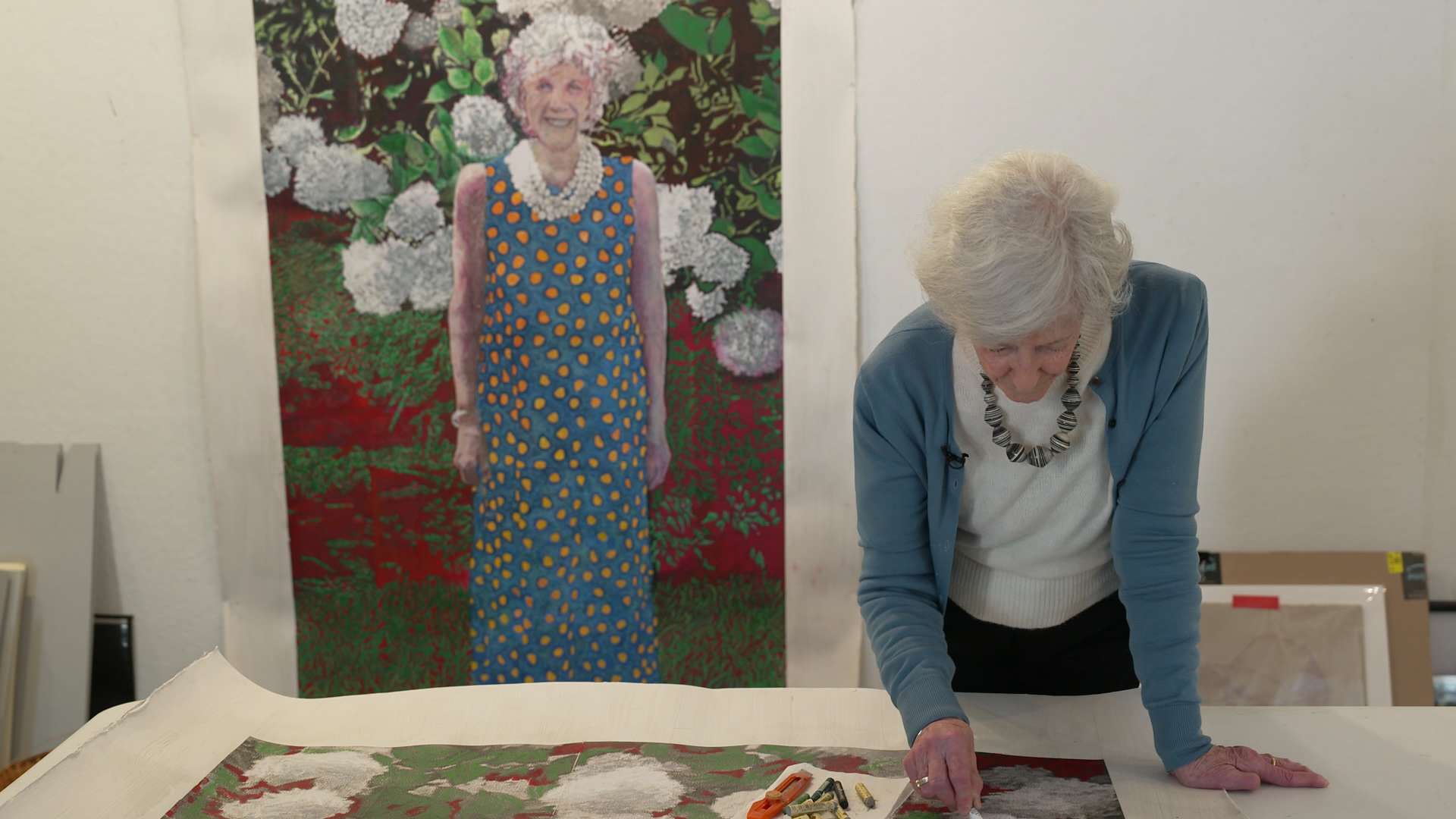
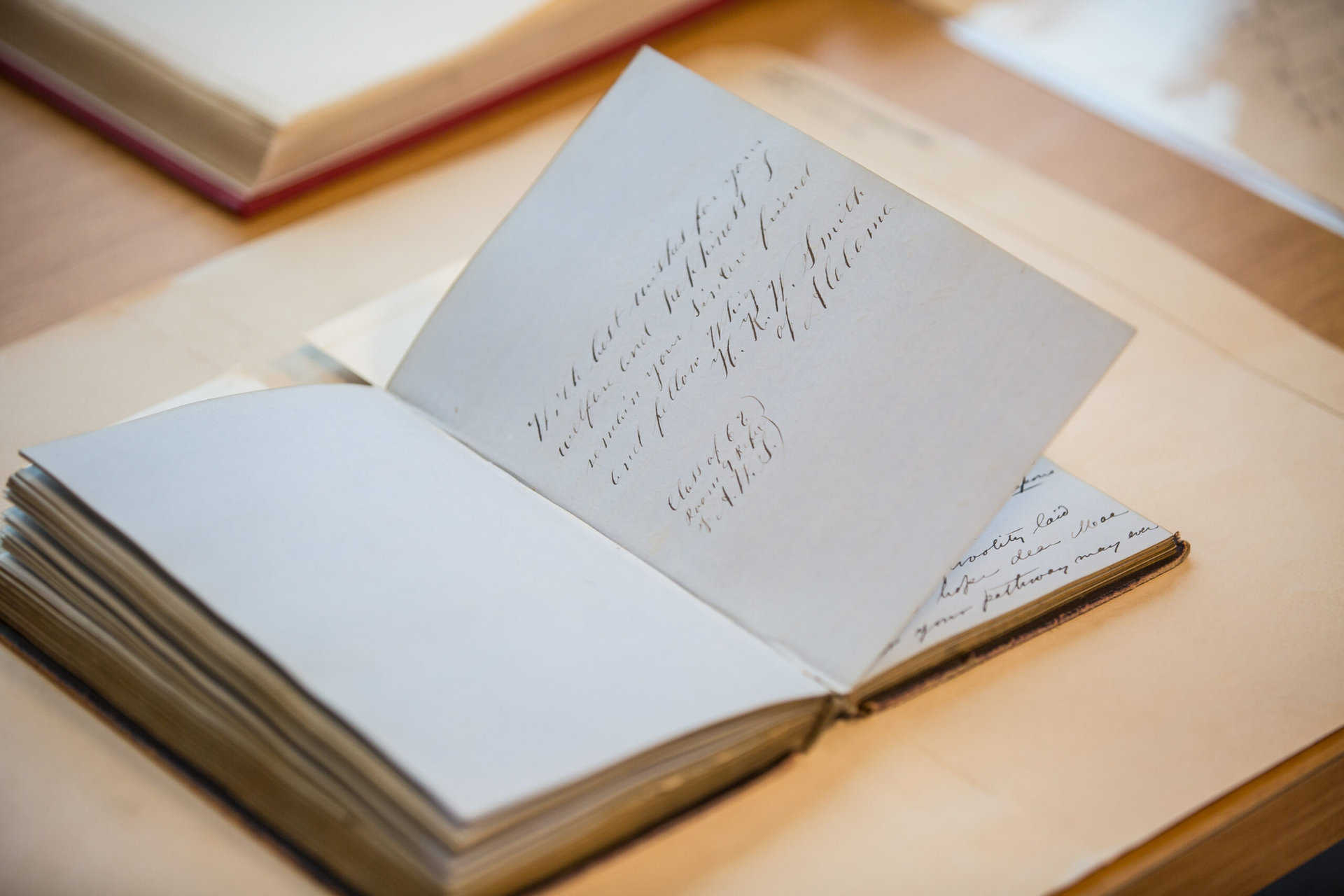
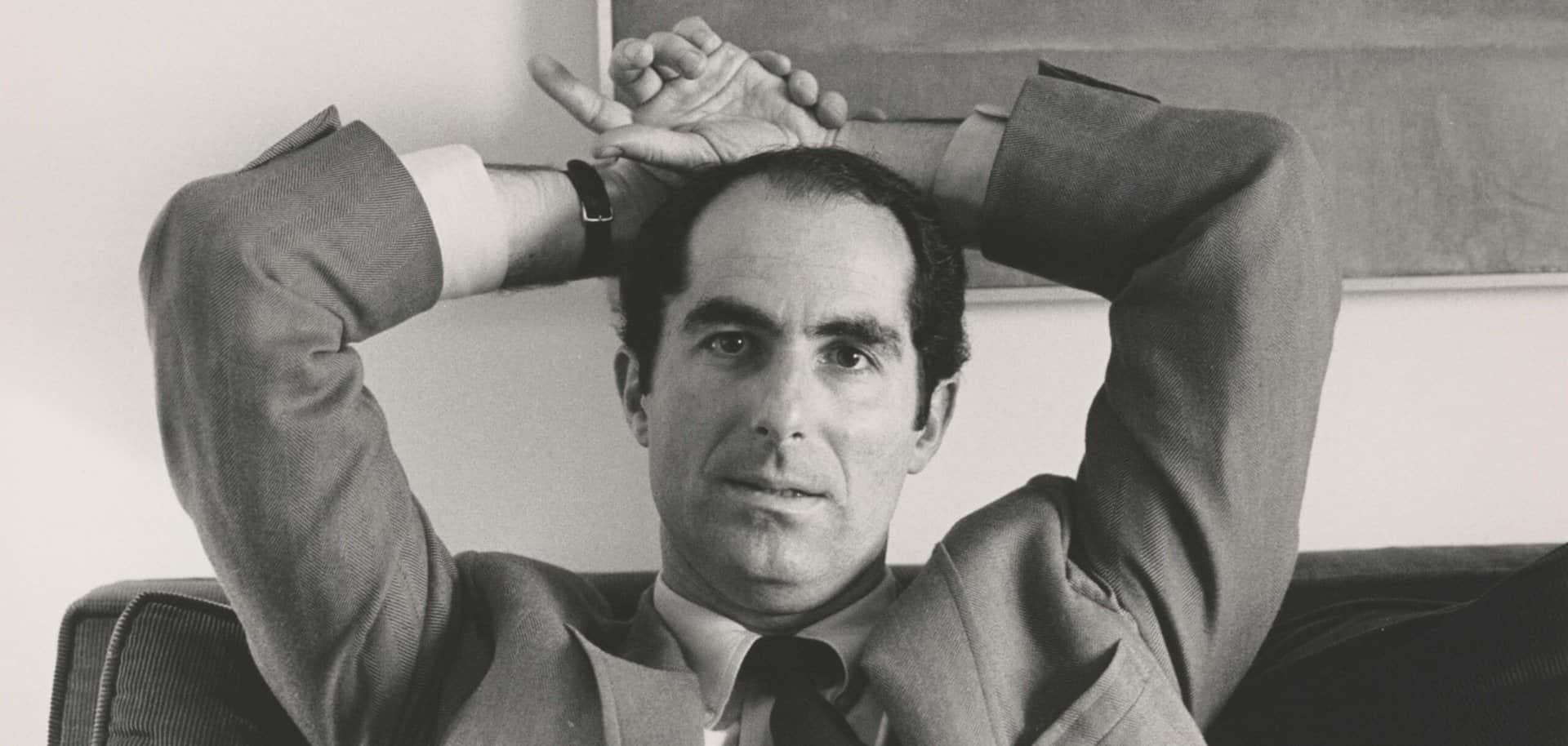
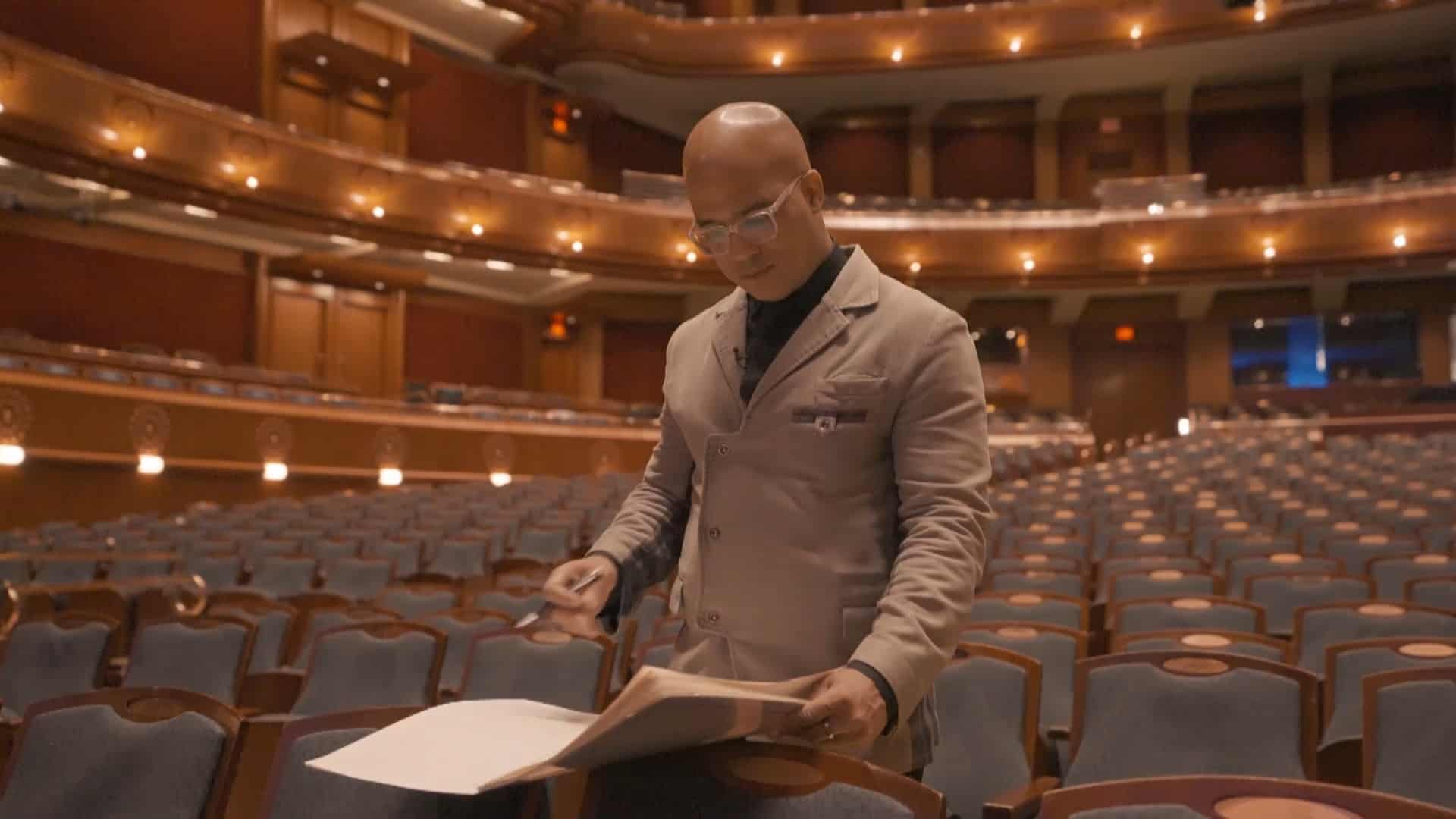
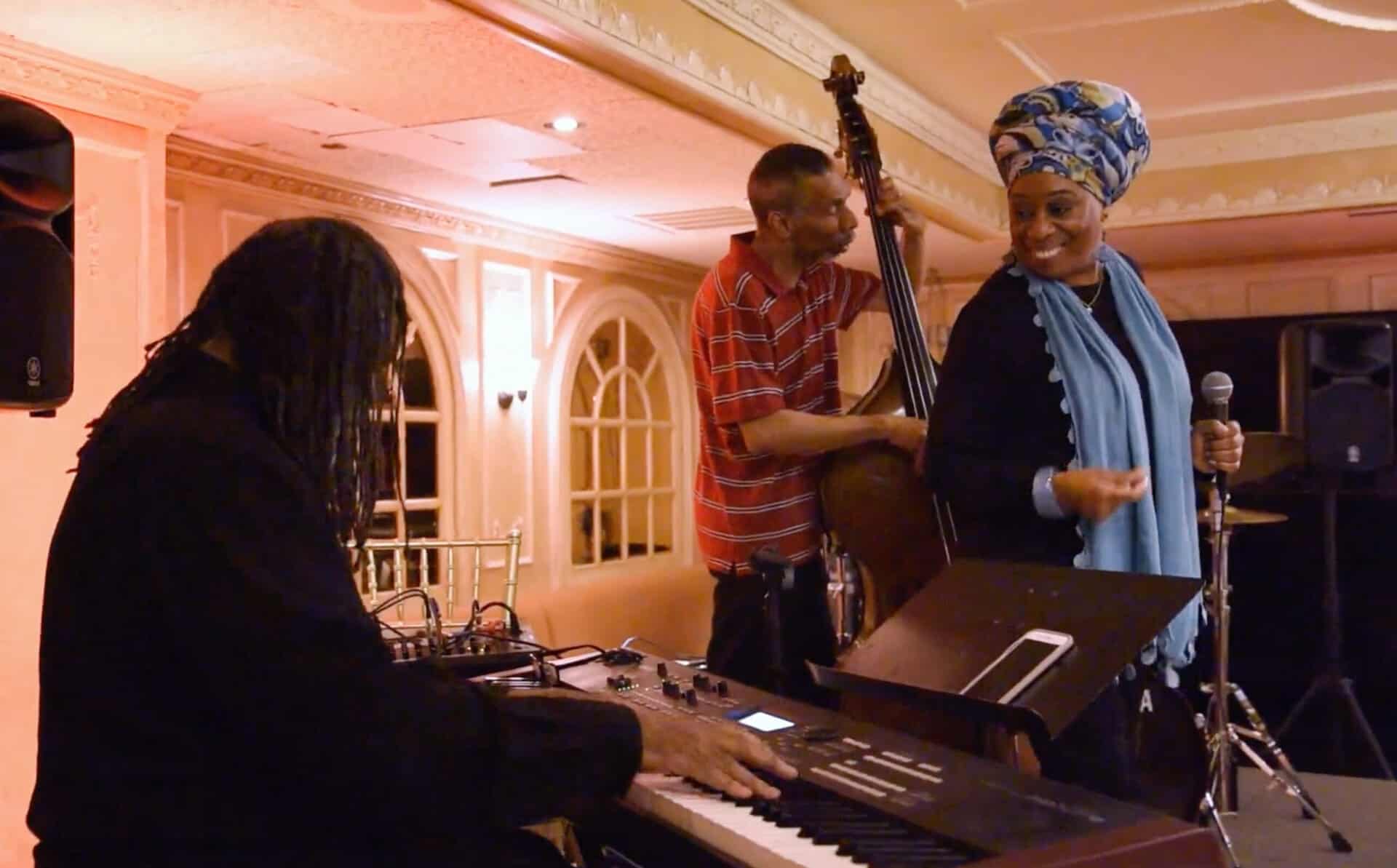
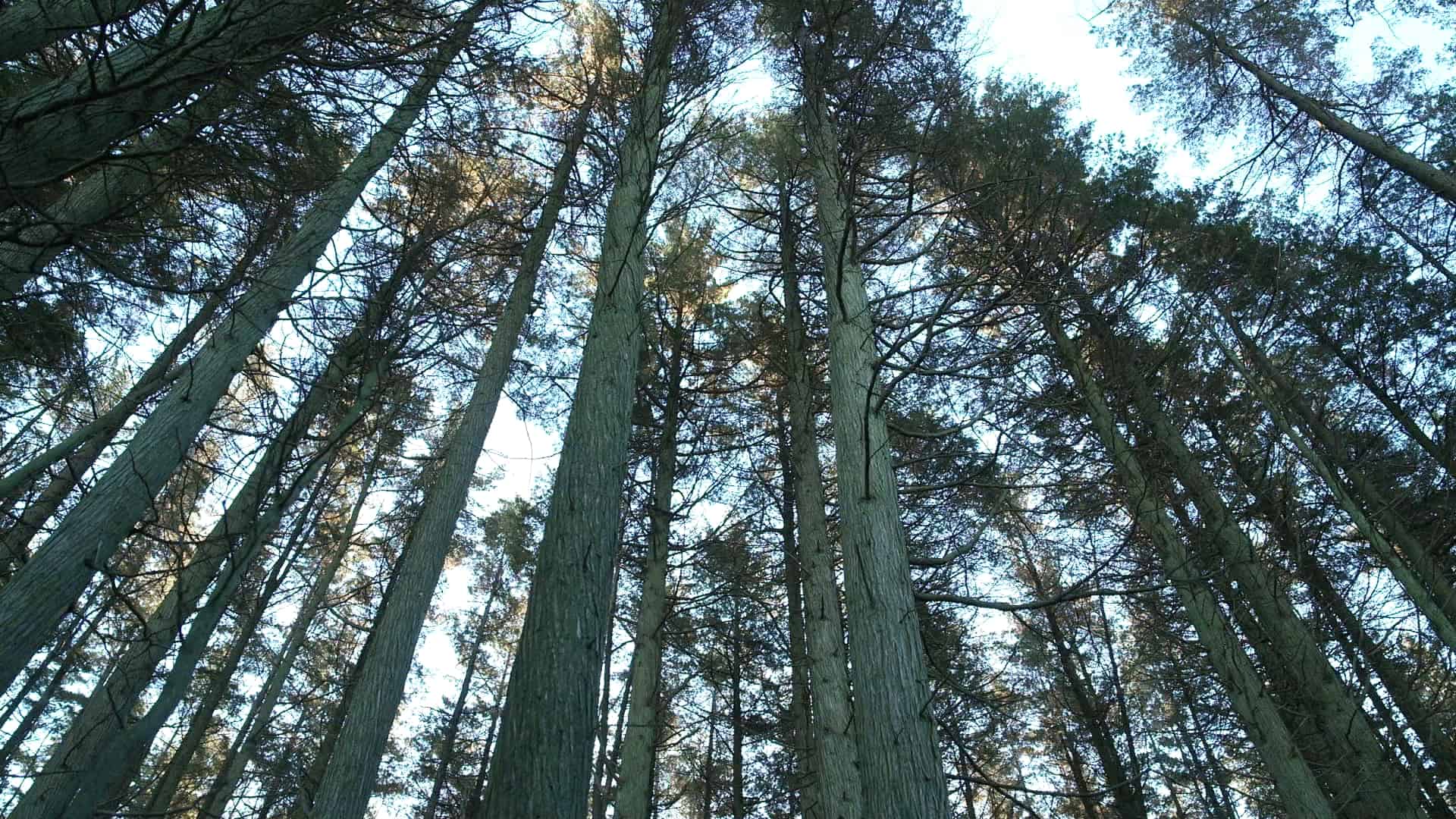
![Truckdriver after a Run, Ohio, Sol Libsohn, 1945 [ICP]](https://stateoftheartsnj.com/wp-content/uploads/2023/05/libsohn_sol_156_1983_411582_displaysize.jpg)
